What Damage Can Flying Squirrels Cause?
Flying squirrels are cute-looking small tree squirrels. However, as temperature drops in winter, they take up residence in interior spaces of houses like the attic. When this occurs, flying squirrels become nuisance pests that can cause a lot of damage to your property. In this post, we’ll examine the damage flying squirrels can cause.
Structural Damage
Flying squirrels enter homes through small holes around ridge vents, dormers, attic vents, and other vulnerable areas. Once they’re inside your home or attic, they begin chewing on wooden structures, roof intersections, roof ridge vents, gaps in fascia/soffit, chimney flashing as well as insulation materials; thanks to their large ever-growing incisor. They use the torn out insulation as nesting material.
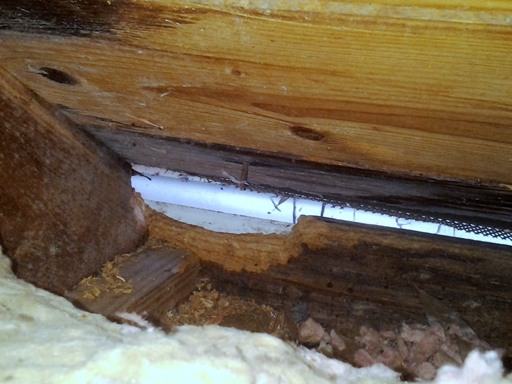
Furthermore, they do considerable damage to the exterior trim and siding by widening existing entryways to your home and even creating new ones. If important beams are chewed, it can affect the structural integrity of the building.
Fire Hazard
These nuisance pests also have a knack for gnawing on electrical wires. This can result in a short circuit, and can potentially start a fire.
Pollution
While living in your attic or crawl space, flying squirrels bring in all kinds of materials; seeds, fruits, leaves, and so on, polluting your home.
Moreover, they will poop and urinate on the insulation materials. Asides from the contamination it can cause, you also have to deal with the pungent odor that will be constantly emitted.
Noise Disturbances
Flying squirrels are nocturnal creatures. At night, you will hear them scurrying around as they move through your attic when going out and coming in. In addition to the scratching sounds, you will often hear low, soft clucking or chirping sounds.
For homeowners trying to get a peaceful night’s rest, their presence may cause constant disruption.
Health Risk
Flying squirrels also pose health risks to humans, although it is minimal. They are capable of carrying typhus, though it is rarely transmitted to humans. Most commonly, they carry mange, a disease that can cause an animal’s healthy fur to fall out. These critters also carry fleas, lice, mites, and other parasites you do not want in your house.
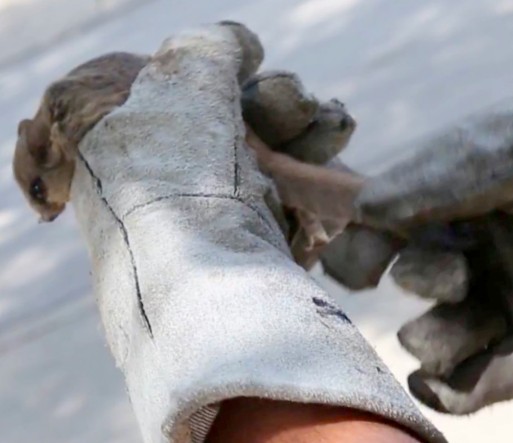
Damage Caused by a Dead Flying Squirrel
There’s also the possibility that a flying squirrel dies in your home either due to injury, old age, disease, or any other reason. As the body decomposes, it stains the walls, insulation material, as well as ceiling. Moreover, a dead carcass is a breeding ground for flies, maggots, cockroaches, and other nasty insects. Finally, the strong stench emanating can be unbearable.
Conclusion
Flying squirrels are highly social creatures that live in colonies of up to 20. Therefore, if you discover one in your house, there’s a pretty good chance of more hiding out. What this does is accelerate the rate of damage they cause. That’s why you need to deal with a flying squirrel infestation problem promptly. And the best approach is to bring in a wildlife removal expert that understands how to deal with these persistent nasty critters.
Select Your Animal
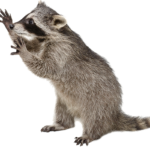
Raccoons
Raccoon Removal Information & How-To Tips
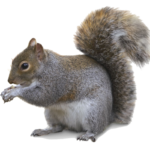
Squirrel
Squirrel Removal Information & How-To Tips
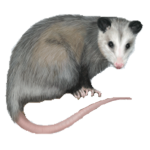
Opossum
Opossum Removal Information & How-To Tips
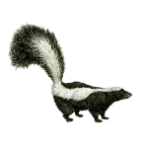
Skunks
Skunks Removal Information & How-To Tips
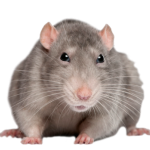
Rats
Rat Removal Information & How-To Tips
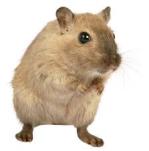
Mouse
Mouse Removal Information & How-To Tips
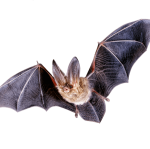
Bat
Bat Removal Information & How-To Tips
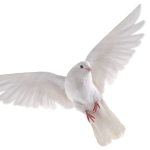
Bird
Bird Removal Information & How-To Tips
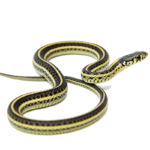
Snake
Snake Removal Information & How-To Tips
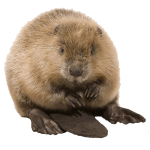
Beaver
Beaver Removal Information & How-To Tips
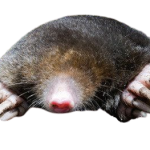
Mole
Mole Removal Information & How-To Tips
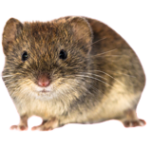
Vole
Vole Removal Information & How-To Tips
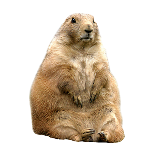
Gopher
Gopher Removal Information & How-To Tips
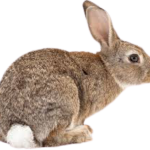
Rabbit
Rabbit Removal Information & How-To Tips
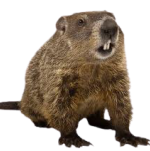
Woodchuck
Woodchuck Removal Information & How-To Tips
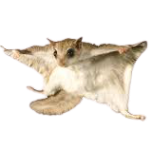
Flying Squirrel
Flying Squirrel Removal Information & How-To Tips
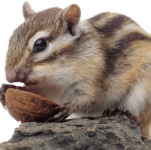
Chipmunk
Chipmunk Removal Information & How-To Tips
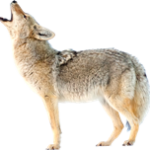
Coyote
Coyote Removal Information & How-To Tips
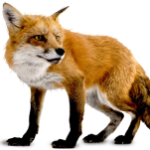
Fox
Fox Removal Information & How-To Tips

Wild Hog
Wild Hog Removal Information & How-To Tips
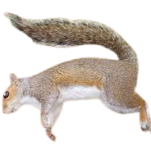
Dead Animal
Dead Animal Removal Information & How-To Tips